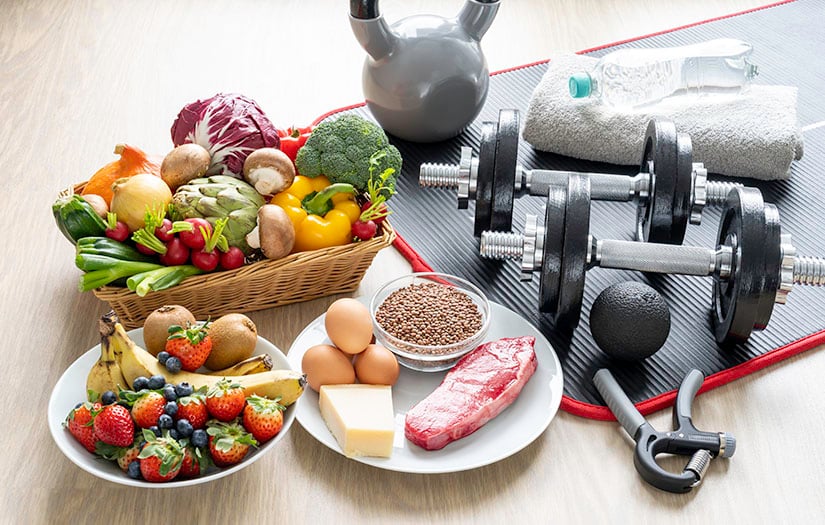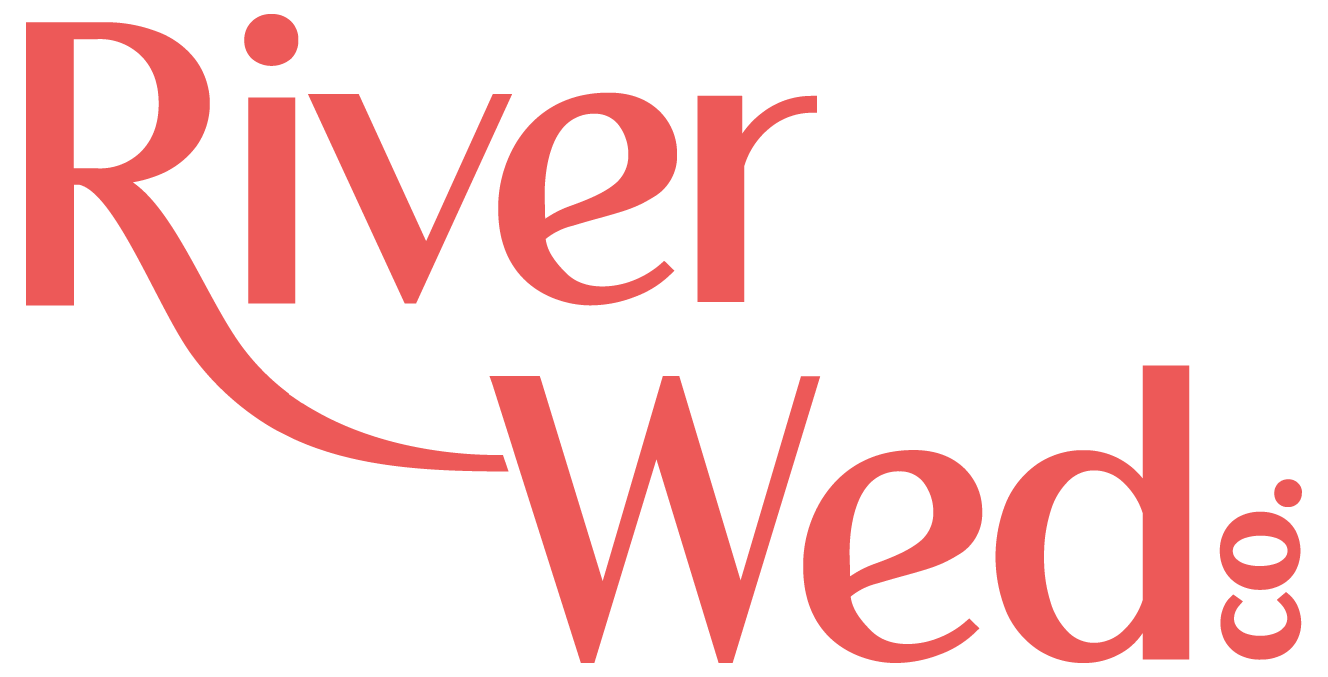Degree in sports nutrition
An ideal sports diet will contain a mixture of complex and simple carbohydrates. Complex carbohydrate sources include vegetables, fruits, and dairy products. Simple carbohydrate sources include sugars, grains, and sweets https://orangeglowmusic.com/classybeef-the-invasion-of-bearded-clowns/.
There are numerous dietary supplement products on the market. However, these may not be appropriate for all tactical athletes. Having a comprehensive and standardized nutritional strategy will help ensure that all tactical athletes get the right amount of nutrition at the right times.
The demands of military service, training, and missions are unique, requiring strength and endurance—physical and mental—to succeed. One factor that can enhance your mental and physical performance and contribute to mission success is good nutrition. In addition, feeding your body nutrient-rich foods can contribute to optimal lifelong health.
Sports nutrition centers
2. Logue DM, Madigan SM, Melin A, Delahunt E, Heinen M, Donnell SJM, et al. Low Energy Availability in Athletes 2020: An Updated Narrative Review of Prevalence, Risk, Within-Day Energy Balance, Knowledge, and Impact on Sports Performance. Nutrients. 2020 Mar 20;12(3).
3. Dipla K, Kraemer RR, Constantini NW, Hackney AC. Relative energy deficiency in sports (RED-S): elucidation of endocrine changes affecting the health of males and females. Hormones. 2021 Mar;20(1):35–47.
The idea: Most of your protein—about 80 to 90 percent—should come from the “Eat More” and “Eat Some” columns. The other 10 to 20 percent can come from whichever column you prefer. This provides you with flexibility while still allowing you to nail the essentials.
“The RD program has opened my eyes to flexibility and sustainability when it comes to nutrition. I’ve developed a healthier relationship with food and learned so much which has boosted my confidence.”
When you’re an athlete racking up miles and muscle, your body needs extra fuel to keep up with the amount of exercise you’re doing and help speed up recovery. That’s what makes sports nutrition so important — it offers you a path to making sure you’re getting all the nutrients you need, even as you sweat.

International society for sports nutrition
Volpi E, Kobayashi H, Sheffield-Moore M, Mittendorfer B, Wolfe RR. Essential amino acids are primarily responsible for the amino acid stimulation of muscle protein anabolism in healthy elderly adults. Am J Clin Nutr. 2003;78:250–8.
For instance, whey protein ingested close to resistance exercise, promotes a higher activation (phosphorylation) of mTOR (a key signaling protein found in myocytes that is linked to the synthesis of muscle proteins) and its downstream mRNA translational signaling proteins (i.e., p70s6 kinase and eIF4BP) that further suggests timed ingestion of protein may favorably promote heightened muscle hypertrophy . Moreover, it was found that the increased mTOR signaling corresponded with significantly greater muscle hypertrophy after 10 weeks of training . However, the hypertrophic differences between protein consumption and a non-caloric placebo appeared to plateau by week 21, despite a persistently greater activation of this molecular signaling pathway from supplementation. Results from other research groups show that timing of protein near (± 2 h) aerobic and anaerobic exercise training appears to provide a greater activation of the molecular signalling pathways that regulate myofibrillar and mitochondrial protein synthesis as well as glycogen synthesis.
Abdulla H, Smith K, Atherton PJ, Idris I. Role of insulin in the regulation of human skeletal muscle protein synthesis and breakdown: a systematic review and meta-analysis. Diabetologia. 2016;59:44–55.
Founders The International Society of Sports Nutrition was ‘founded’ in 2003 at a sushi restaurant in San Francisco; while eating copious quantities of omega-3 fatty acids, Jose Antonio PhD, Doug Kalman PhD RD, Richard Kreider PhD, Susan Kleiner PhD RD and Anthony Almada MSc gave birth to the concept of the ISSN.
